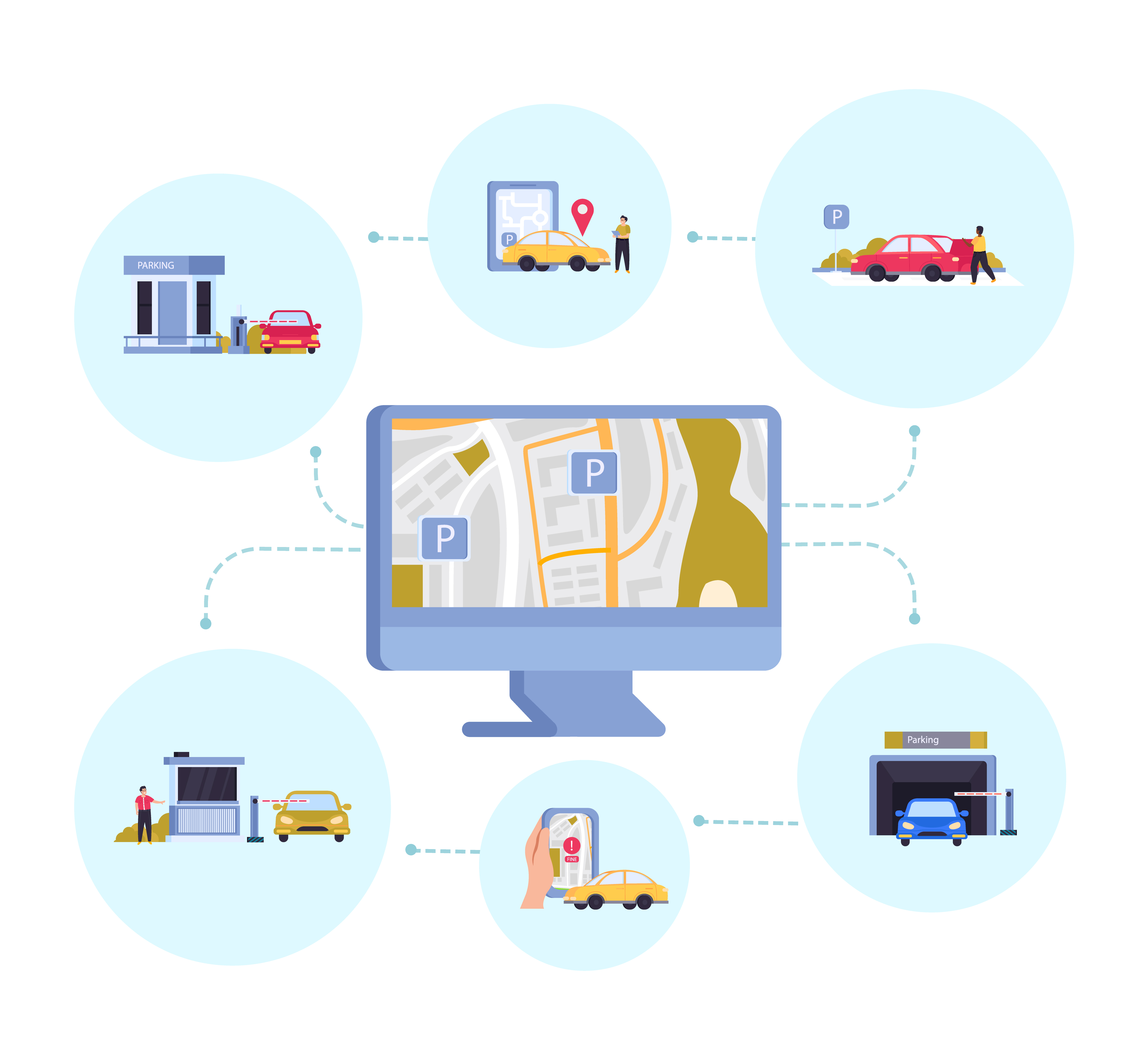Choosing the best transportation management system (TMS) for your business is crucial for streamlining logistics, reducing costs, and improving overall efficiency. With the right TMS, you can manage your supply chain more effectively, ensuring that goods move smoothly from point A to point B. However, selecting the right TMS requires careful consideration of various factors. This guide will walk you through the essential steps to evaluate and choose the best transportation management system for your business.
- Understand Your Business Needs
The first step in selecting the best transportation management system is understanding your specific business needs. Consider the scale of your operations, the volume of shipments, and the complexity of your supply chain. A small business may require a simpler system with basic functionalities, while a larger enterprise might need a more comprehensive solution with advanced features such as AI-driven analytics and real-time tracking.
Ask yourself the following questions:
- What are the key challenges you face in your current transportation management?
- How many carriers do you work with, and how do you manage them?
- Do you require integration with existing systems such as ERP or WMS?
By identifying your pain points and operational requirements, you can narrow down the options and focus on systems that are tailored to your business.
- Evaluate Core Features
Once you have a clear understanding of your needs, evaluate the core features of the TMS. The best transportation management systems should offer a range of functionalities that align with your business goals. Key features to consider include:
- Shipment Planning and Optimization: Look for systems that offer automated route planning, load optimization, and carrier selection. This feature helps in reducing transportation costs and improving delivery times.
- Real-Time Tracking: A TMS with real-time tracking capabilities provides visibility into the movement of goods, helping you monitor shipments and address issues as they arise.
- Freight Audit and Payment: This feature automates the auditing of freight bills and ensures accurate invoicing, reducing the risk of errors and overpayments.
- Integration Capabilities: Ensure that the TMS can integrate seamlessly with your existing systems, such as ERP, WMS, and carrier management platforms. This integration creates a unified view of your supply chain operations.
- Consider Ease of Use and User Experience
A user-friendly interface is essential for the effective use of a TMS. The best transportation management systems are designed with the end-user in mind, offering intuitive dashboards and easy navigation. A complex system with a steep learning curve can lead to user frustration and low adoption rates.
When evaluating a TMS, consider:
- How easy is it to set up and configure the system?
- Can users access the system remotely via mobile devices?
- Is there adequate training and support provided by the vendor?
The goal is to choose a system that your team can adopt quickly and use efficiently without extensive training.
- Assess Scalability and Flexibility
As your business grows, your TMS should be able to scale with it. The best transportation management systems are flexible and scalable, allowing you to add new features, integrate with additional carriers, and handle increased shipment volumes without compromising performance.
Consider the following:
- Can the TMS handle peak shipment periods and increased load?
- Does the system support multi-modal transportation (e.g., road, rail, sea, air)?
- Is the system flexible enough to accommodate changes in your supply chain strategy?
Scalability is key to future-proofing your investment and ensuring that the TMS continues to meet your needs as your business evolves.
- Evaluate Data and Reporting Capabilities
In today’s data-driven world, the ability to analyze and act on data is a significant advantage. The best transportation management systems offer robust reporting and analytics tools that provide insights into your supply chain performance. Look for systems that offer:
- Customizable Dashboards: These allow you to view key performance indicators (KPIs) briefly and track metrics that matter most to your business.
- Detailed Reports: Access to in-depth reports on freight costs, carrier performance, and delivery times helps in making informed decisions.
- Predictive Analytics: Advanced TMS platforms leverage AI to predict potential disruptions, optimize routes, and enhance overall efficiency.
Data-driven insights enable you to identify trends, address inefficiencies, and continuously improve your transportation management.
- Consider Total Cost of Ownership (TCO)
While it might be tempting to choose the most feature-rich system, it’s important to consider the total cost of ownership (TCO). The best transportation management systems provide a balance between cost and functionality. Evaluate both the upfront costs and ongoing expenses such as maintenance, upgrades, and support.
Consider the following:
- What is the initial investment required for the TMS?
- Are there any hidden costs, such as customization or integration fees?
- What is the cost of scaling the system as your business grows?
By calculating the TCO, you can ensure that the TMS offers value for money and aligns with your budget.
- Review Security and Compliance Features
Finally, ensure that the TMS you choose adheres to industry standards and regulations. The best transportation management systems offer robust security features to protect sensitive data and ensure compliance with legal requirements. Look for features such as:
- Data Encryption: To protect data during transmission and storage.
- Compliance Management: Ensuring that the system meets regulatory requirements for documentation and reporting.
- User Access Controls: To restrict access to sensitive information based on user roles.
A secure and compliant TMS protects your business from legal risks and ensures that your operations run smoothly.
Conclusion
Choosing the best transportation management system for your business involves careful consideration of your specific needs, core features, ease of use, scalability, data capabilities, cost, and security. By taking the time to evaluate these factors, you can select a TMS that not only meets your current requirements but also supports your long-term growth and success. Remember, the right TMS is an investment in the future of your business, enabling you to streamline operations, reduce costs, and deliver superior service to your customers.
Must Read: How TMS Enhances Supply Chain Visibility and Efficiency






